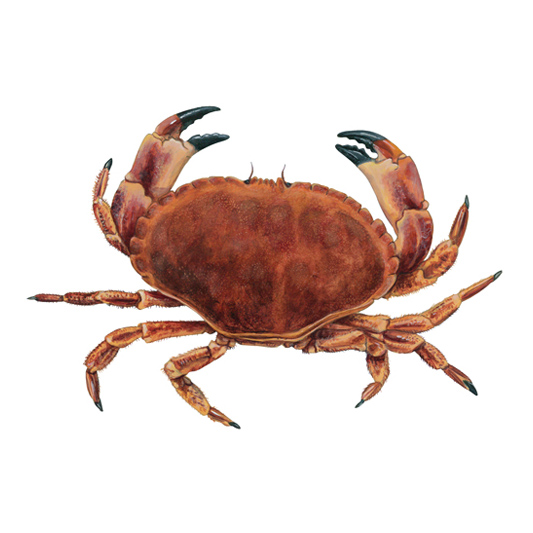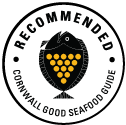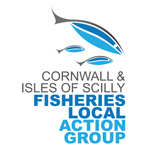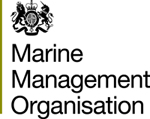

Brown crabs, also known as edible crabs, or in Cornwall 'Pasty Crabs', are the nation's favourite crustacean. The pasty shaped shell houses soft and flavoursome brown meat and the legs and claws are packed with the more delicate flavoured white meat. Crabs are at their best in the winter months but can be enjoyed all year round. There are loads of different ways to enjoy crab meat.. find recipes and more information here including important information on how to humanely kill crabs before you cook them.

South Coast (area VIIe)

Potting is a selective and low impact method and within the 6 mile limits Cornwall Inshore Fisheries and Conservation authority monitor and strictly regulate the fishery. Crab Stocks are most healthy off Cornwall's South Coast.
Learn more
South Coast (area VIIe)

Crabs caught thorough entanglement in gill nets are lower quality and outside the 6 mile limit there are smaller minimum landing sizes. Some issues with accidental by-catch with this method. Stocks are healthier off the South Coast
Learn more
North Coast (VIIf and VIIg)

Potting is a selective and low impact method and within the 6 mile limits Cornwall Inshore Fisheries and Conservation authority monitor and strictly regulate the fishery.
Learn moreNorth Coast (VIIf and VIIg)

Crabs caught thorough entanglement in gill nets are lower quality and outside the 6 mile limit there are smaller minimum landing sizes. Some issues with accidental by-catch with this method. Stocks are under more pressure off the North Coast.
Learn moreCornwall Good Seafood Guide rates fish on sustainability using a scale of 1 to 5.
1, 2 and 3 are recommended, Fish to avoid are rated 5.
We use the system devised by the Marine Conservation Society (MCS) so our scores are comparable with the scores produced by MCS for the UK and fisheries from all around the world. For more information on scoring click here.
The majority of crabs landed to Cornwall are caught in baited crab or lobster pots. This is a low impact, selective fishing method. Any undersized or recently moulted crabs can be returned, unharmed, to the sea to be caught another day.
The gear was, for a long time thought to have very little physical impact on the seabed however a study Rees, Sheehan and Atrill 2021, carried out in Lyme bay showed that high densities of potting does have significant impact on sensitive species such as ross bryozoans (Pentapora) and seasquirts growing on rocky reefs, and that optimal, lower pot densities result in better catches of crab and lobster as well as reducing impacts.
Brown crab are also caught in significant numbers as by-catch in net and trawl fisheries.
Crabs tangled up in gill nets are difficult to un-pick and sometimes to save time the claws are removed to disentangle them. If offered brown crab claws only, as apposed to whole crab this is how they are likely to have been caught. This is poor practice as it is wasteful and there are ethical concerns with this practice as the live bodies of the crabs are often returned over the side and the crab has a long period of up to two years where survival is extremely difficult as they can't feed or defend themselves and have to slowly regrow their claws. Netters have a limit of 30kg of unattached crab claws per day in Cornish waters.
Nets have issues with accidental by catch of other species such as skates, sharks, seabirds and cetaceans. Trawls have a greater impact on the seabed than pots and undersized crabs that are caught in nets or trawls are often much more damaged than those returned from crab pots and less likely to survive. Boats operating outside Cornwalls 6 mile limit that are over 15m in length are restricted by effort restrictions (KW/hours) which restrict fishing effort. Outside the CIFCA district (6 miles offshore) EU minimum landing sizes currently apply which are smaller than those within Cornwalls 6 mile limit.






Cornwall Good Seafood Guide is underpinned by the Marine Conservation Society (MCS) Good Fish Guide. The first UK consumer guide to sustainable seafood. For more information visit www.fishonline.org
Cornwall Good Seafood Guide is here to help us all make sustainable seafood choices. Choices that will help us keep the oceans healthy and Cornish fishers' futures safe. This website is funded by Cornwall Wildlife Trust. If you would like to make a meaningful difference to the health of our oceans, please consider making a donation to the Cornwall Wildlife Trust Ocean Emergency fund. Your donation will help safeguard these remarkable environments, ensuring that they continue to thrive for generations to come. Together, we can be stewards of the seas and champions for a healthier, more sustainable future.